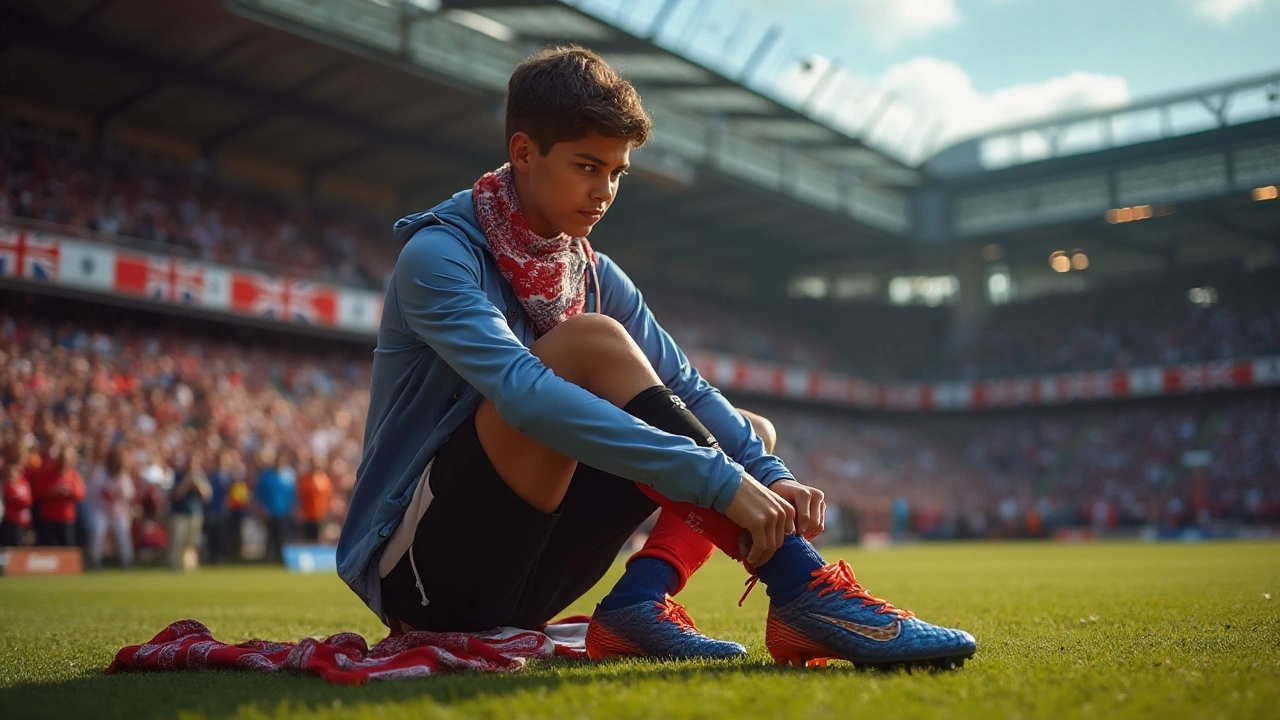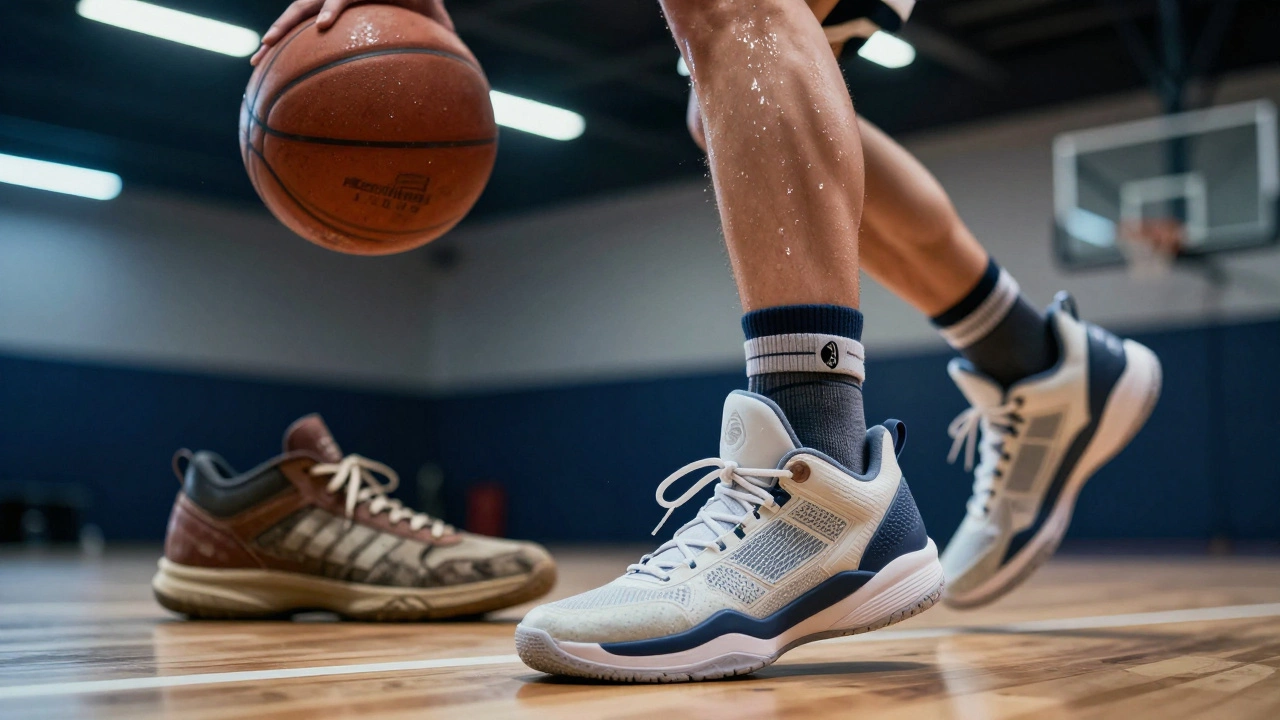
Athletic Gear Essentials: Choose, Use, and Keep Your Gear in Top Shape
Got a new pair of trainers, a set of dumbbells, or a tennis racket and wonder if you’re doing everything right? You’re not alone. Picking the right athletic gear can feel overwhelming, but a few simple rules make the process painless. In this guide we’ll break down how to pick gear that fits your sport, keep it working longer, and avoid common mistakes that waste money.
First off, think about what you actually need. If you’re just starting a running routine, a lightweight shoe with good cushioning beats a heavyweight marathon trainer. For gym beginners, a basic set of adjustable dumbbells covers most moves without crowding a small space. The key is to match the gear to your goals, not to the latest hype.
How to Pick the Right Gear for Your Sport
Start with fit. A shoe that’s too tight or too loose will cause blisters, and a bike that’s the wrong frame size can hurt your back. Most brands let you try in‑store or return online if it doesn’t feel right, so use that option. Next, check the material. Breathable fabrics keep you cool, while durable synthetics hold up when you sweat a lot. For footwear, look for a sole that matches the terrain – rubber grip for trails, smooth for track.
Don’t ignore reviews. Real‑world feedback tells you if a product lives up to its claims. Pay attention to comments about durability and comfort, not just flashy features. If a running shoe gets a lot of complaints about sole wear after 200 miles, that’s a red flag.
Keeping Your Gear Ready: Simple Maintenance Hacks
Cleaning is the easiest way to extend life. After a sweaty session, wipe down shoes, pads, and handles with a damp cloth and mild soap. Let them air dry – avoid putting them in the dryer, which can warp plastics. For shoes, toss the insoles out and let them breathe overnight to avoid odor buildup.
Store gear properly. Keep bikes upright on a rack and lock the wheels to avoid stress on the frame. Hang tennis racquets on a wall mount instead of stuffing them in a bag. This prevents warping and keeps strings from getting tangled.
Regular inspections catch problems early. Check bike brakes for wear, examine shoe outsoles for cracks, and look at weight‑lifting straps for fraying. If you spot a small issue, fix it before it turns into a costly replacement.
Finally, plan ahead for seasonal changes. Swap out winter boots for breathable summer trainers, and switch from heavy fleece to lighter shirts as the weather warms. This not only keeps you comfortable but also reduces wear on gear that isn’t built for extreme temperatures.
Whether you’re an occasional jogger or a committed athlete, the right gear plus a few easy care habits make a huge difference. Use these tips next time you shop, and you’ll save cash, stay injury‑free, and enjoy every workout a little more.

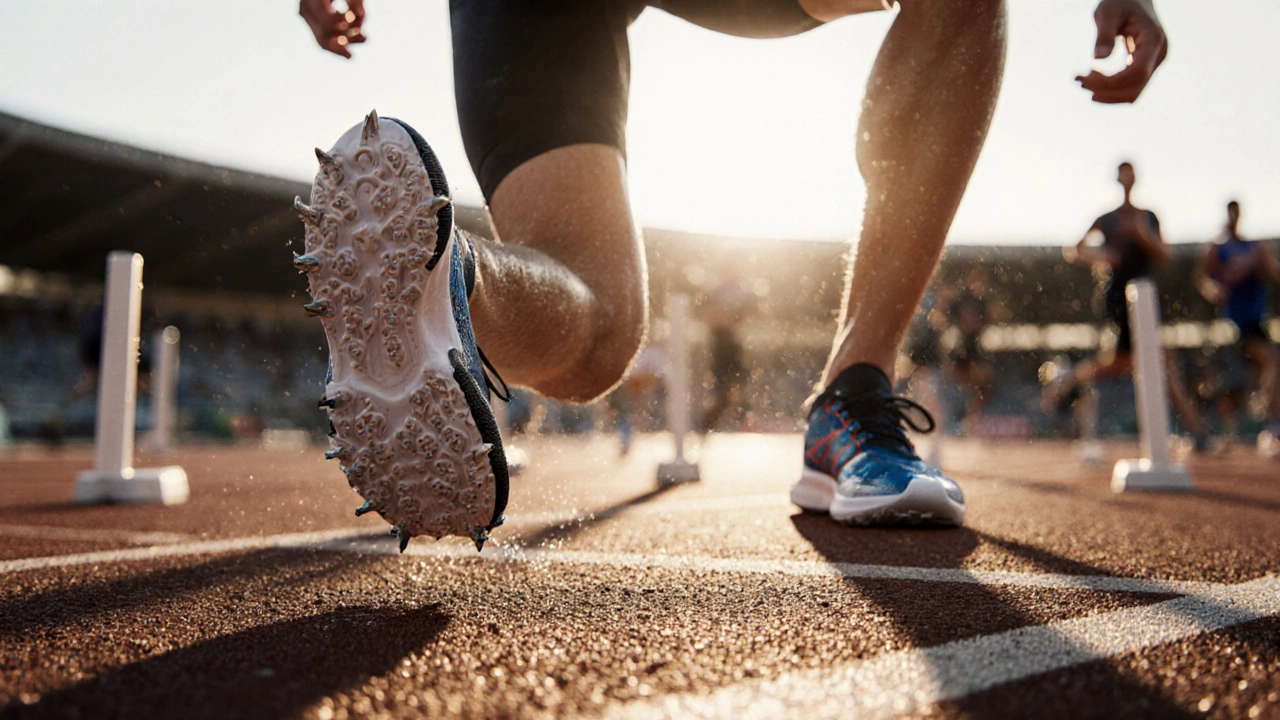
Why Is Equipment Used in Sport? The Real Reasons Behind Every Tool, Gear, and Device
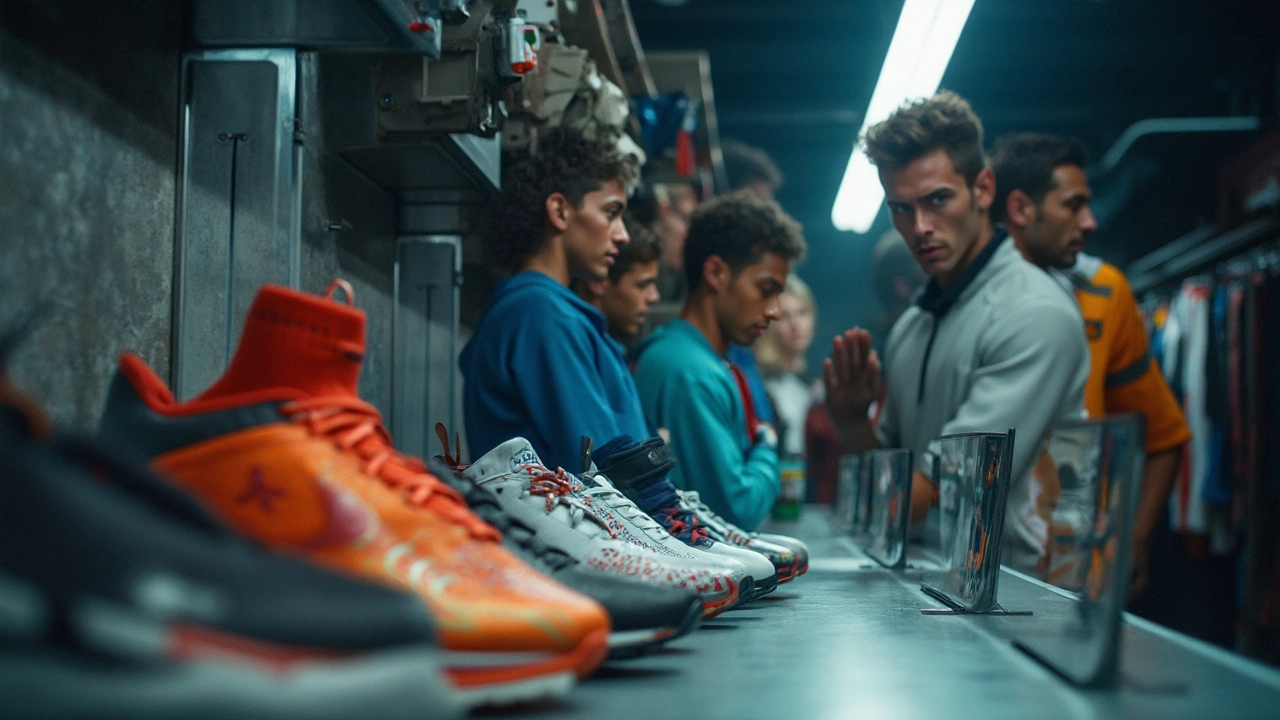
Is Shoe a Sport Equipment? Breaking Down the Facts
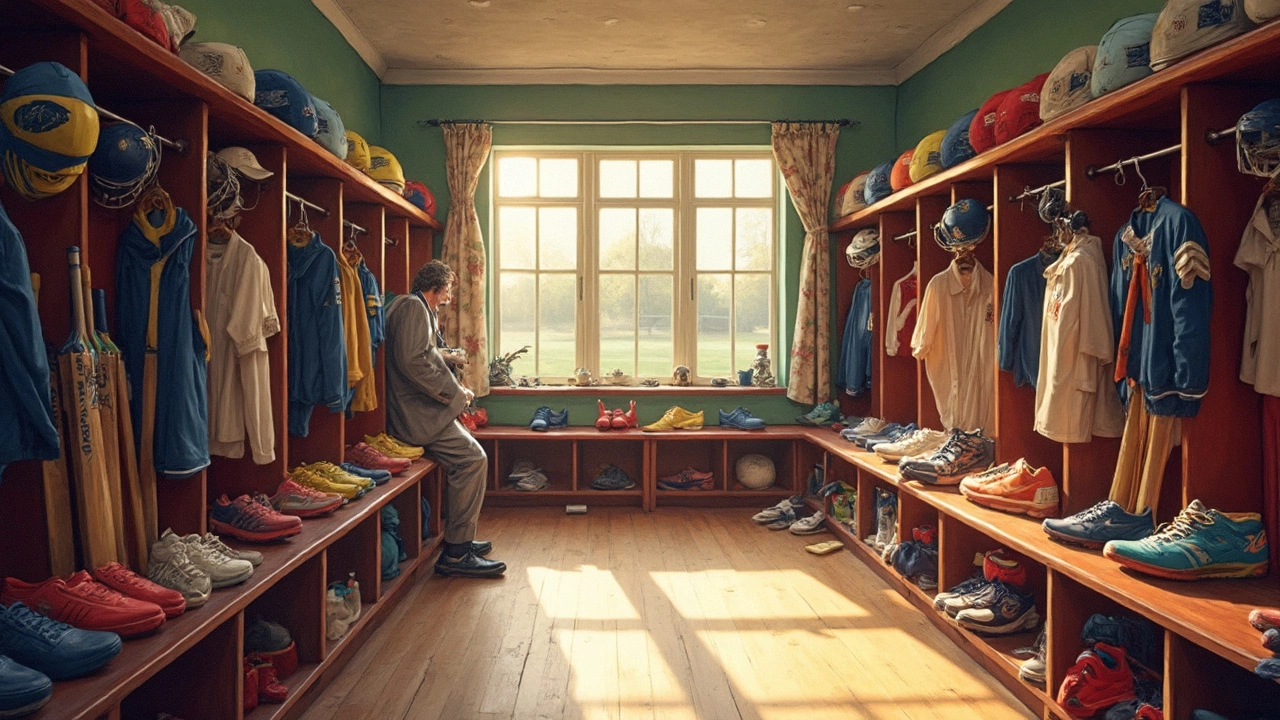
Must-Have Gear for Every Sport
